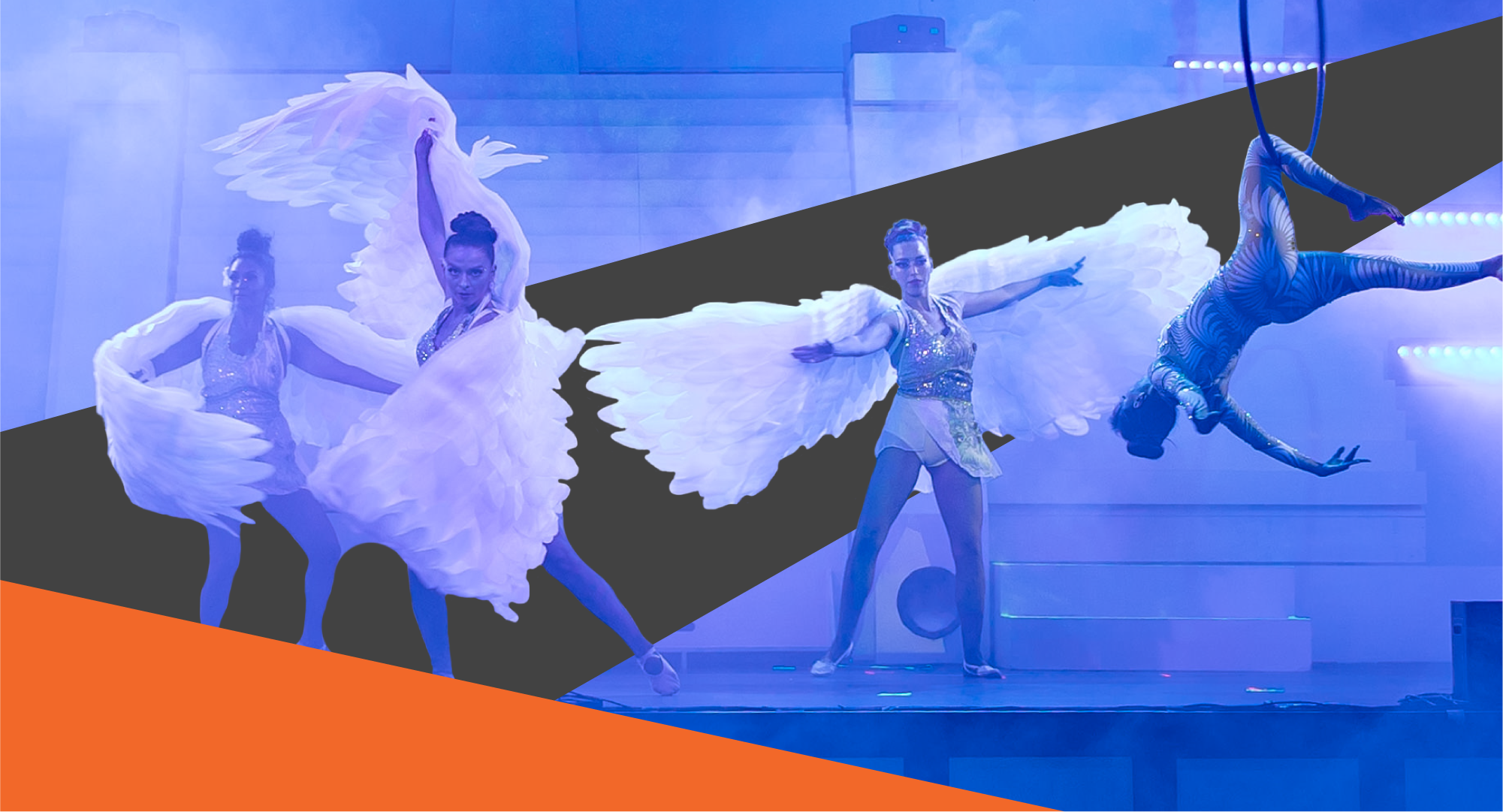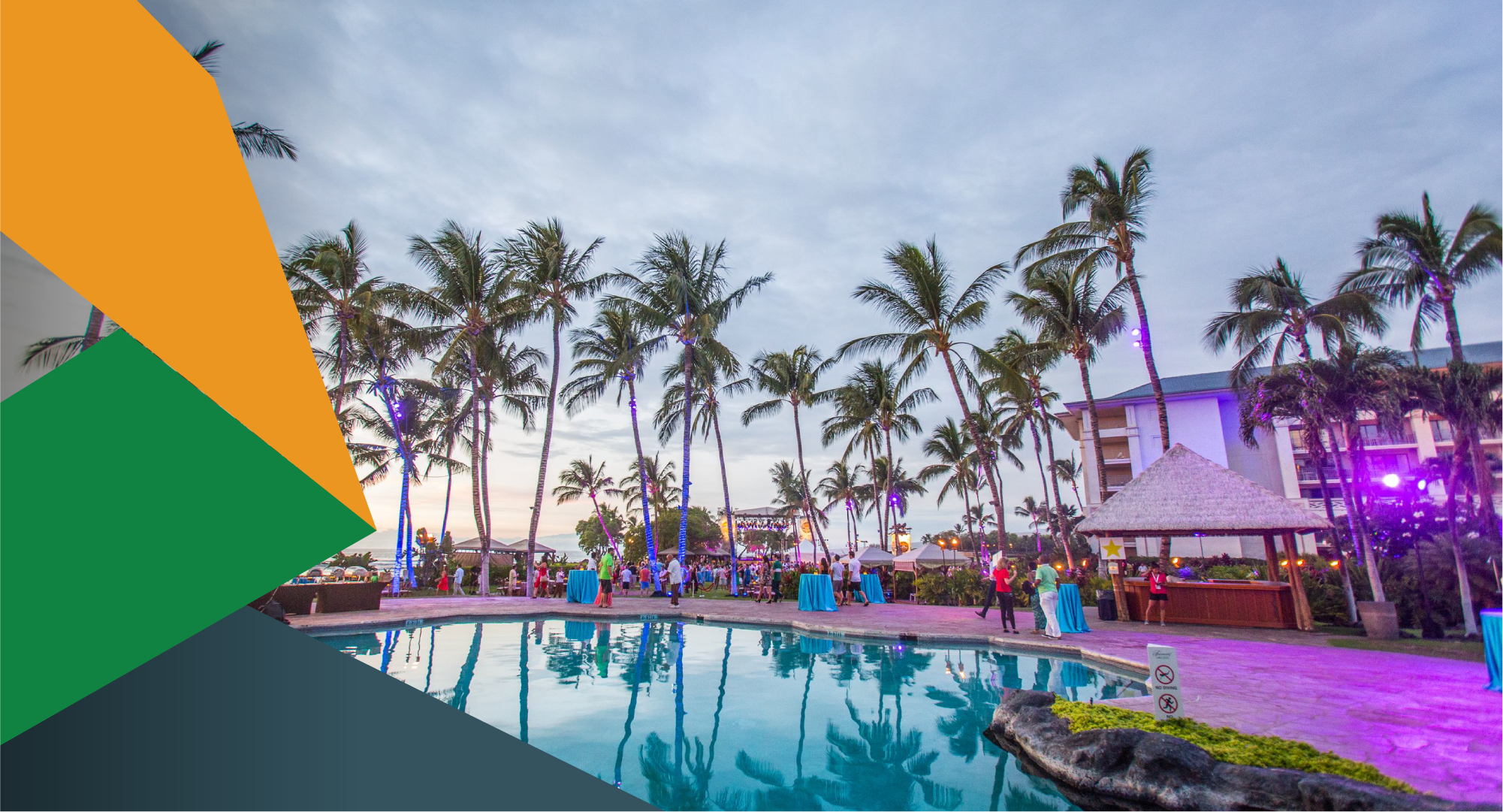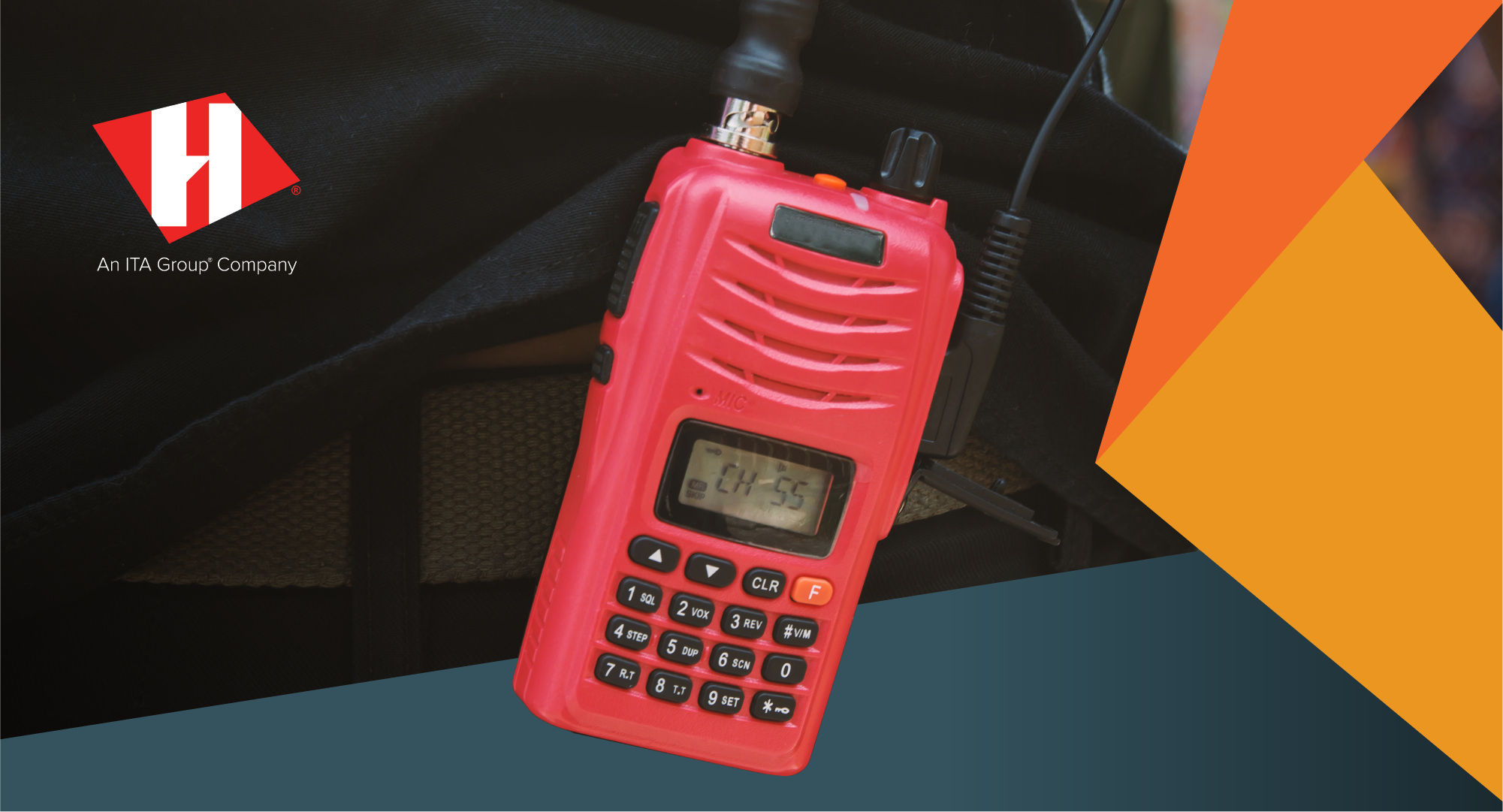Event Design for All 5 Senses
Tuesday November 4, 2025
5 Min Read
What you need to know
- Activate across multiple senses for more memorable corporate events.
- Giving attendees tactile touchpoints advances the experiential event storyline.
- Use sensory components strategically to evoke a specific mood or encourage interaction.
When people ask about the lasting impression of an event, the question is often framed around flavor: What kind of taste did the experience leave?
Content and messaging matter. But for creative event marketers who want to create a positive memory, incorporating multisensory elements is a must. Caring for the senses elevates event design.
- An aroma of barbecue that draws people into a product demonstration.
- A musical crescendo that draws applause for arial artists lifting above the stage.
- Inventive food and beverage selections that support the event theme.
These intentional activations invite people to participate, not just observe. It’s a science-backed approach to immersive event design.
Why Weave Sensory Elements into Your Experiential Event
Did you know that half of the human brain is dedicated to processing sensory input? Multisensory experiences are more likely to be remembered because they activate more neural pathways. So, event designers should plan accordingly and tickle tastebuds, thoughtfully infuse scents, consider soundscapes and sightlines and arrange hands-on demonstrations.
Connecting attendees with your brand on multiple levels is the key to embedding a memory. By engaging them emotionally, intellectually and physically, your brand aligns activations with cognitive science. Sensational experiential events make believers.
Immersive Events Tell a Story Through the Senses
Brands that prioritize sensory elements stand out in our increasingly digitized world. Online shopping is convenient, but it pales in comparison to a boutique experience. Event designers must imagine curated environments that care for attendees’ multisensory needs. It’s a welcome beverage upon arrival. A soundscape that transforms an entryway into a portal to another world. Tactile touchpoints and pleasing aromas on a journey of discovery.
Multisensory experiences make the difference between telling a story with your event and centering your attendees within the narrative. Consider how each component delivers the message:
- Does it feel meaningful, vivid, memorable?
- How does it deepen the experience?
- Will it fortify the recipient’s relationship with the brand?
We took a multisensory approach to transform two warehouses into a city showcase:
When we partnered with San Francisco Travel Association to host an “Urban Hike” welcome expo, each iconic “neighborhood” was represented with hosted activities. Members of the Professional Convention Management Association brought their main character energy in a quest to explore everything the Bay Area had to offer.
Instead of winding through brand-centric booths, participants were immersed in the sights and sounds of The Bay. Numerology readings in Chinatown. A temporary tattoo station in The Mission. Champagne and oyster tasting along the Waterfront. Each sensational (and sponsored) activation showcased San Francisco’s potential as a premiere place to host their events.
Related: Plotting Activations for “Story First” Event Design.
Dos and Don’ts of Activating Multisensory Event Design
DO
Focus on one or two nonvisual senses, then build from there. The key is to intentionally align with your brand’s story—without overwhelming attendees. Be selective.
DON’T
Go too heavy on scent. Scent is powerful—and deeply personal. Strategically used scents improve brand recall. But keep in mind: The same aroma that evokes heartwarming nostalgia for one person (like the smell of peppermint) might be unpleasant for someone else. Leaning into the event location works well. If the area is known for lavender, gifting a room spray feels fitting.
DO
Use ambient sound and strategic lighting to transform spaces. Syncing audio and visual effects creates a truly immersive feel.
DON’T
Underestimate a carefully chosen color palette. Brand colors reinforce a relationship, especially when they show up in unexpected places or artful applications. They can also evoke a mood. Color consistency serves as a “red thread” unifying pre-event communications, on-site experiences and post-event follow-up.
DO
Give your event “flavor” with thoughtful food and beverage choices. Like scents, tying local spices or regional specialties (lemon, tomato, pistachio, etc.) into menu planning reinforces a sense of place. Gifting food items can also bring people back with each bite.
Make it hands-on with a build-your-own breakfast bar. Or, blend the farm-to-table trend into your cocktail menus with local herbs. Drinks served from “bike-tenders” and dim sum-style rolling carts add interactivity.
DON’T
Forget to care for people who have dietary restrictions or allergies. Choices are key. Offering signature nonalcoholic options, gluten-free and “plain” versions of foods peace of mind to enjoy the event.
Related: Use space planning to support creative event strategy.
Prevent Sensory Overload Through Event Space Planning
Stimulating environments foster engagement. But encountering something new to taste, touch, smell or hear in every square foot of a tradeshow floor can also lead to attendee overwhelm.
Set aside quiet, “sensory-friendly” spaces to support neurodivergent attendees and others who need to take a break. Comfortable furniture, soft lighting, plants and movable walls buffer noise and create an inviting lounge-like atmosphere.
Learn how event production experts concept immersive experiences.
Read more stories
View AllAll Posts
Event Design for All 5 Senses
What you need to know When people ask about the lasting impression of an event, the question is often framed around flavor: What kind of taste did the experience leave? Content and messaging matter. But for creative event marketers who want to create a positive memory, incorporating multisensory elements is a must. Caring for the...
5 Min Read
All Posts
How Event Strategy Enhances Incentive Travel Experiences
What you need to know When top performers achieve career heights, they’re looking for more than spectacular views. Earning a corporate incentive trip signals entry into an elite circle. Especially when organizations merge luxury settings with high-impact events that participants could never coordinate on their own. Appealing to competitive personalities requires activations that go beyond...
4 Min Read
All Posts
How to Develop a Security Plan for Corporate Events
What you need to know Before attendees fully engage in an event experience, they must feel safe. That’s why security planning is foundational for successful live events, at any scale. From hosting a group of executives for an intimate dinner to a city-wide celebration in the streets: behind every seamless experience is a well-designed safety...
5 Min Read



